Embracing the benefits of passive house living is more than just a trend; it’s a commitment to sustainable living and a brighter future. This is a sentiment deeply shared by Jeff Van Gyssel, president of Just Working Construction, and Adam Vandersleen, our dedicated site supervisor. Both Jeff and Adam recognize that passive houses, a concept that originated in Germany, are gaining popularity worldwide due to their superior energy efficiency and comfort. These eco-friendly homes are designed to maintain a comfortable indoor temperature year-round, drastically reducing the need for active heating and cooling systems. This results in very low energy consumption and contributes to a healthier and more comfortable living environment.
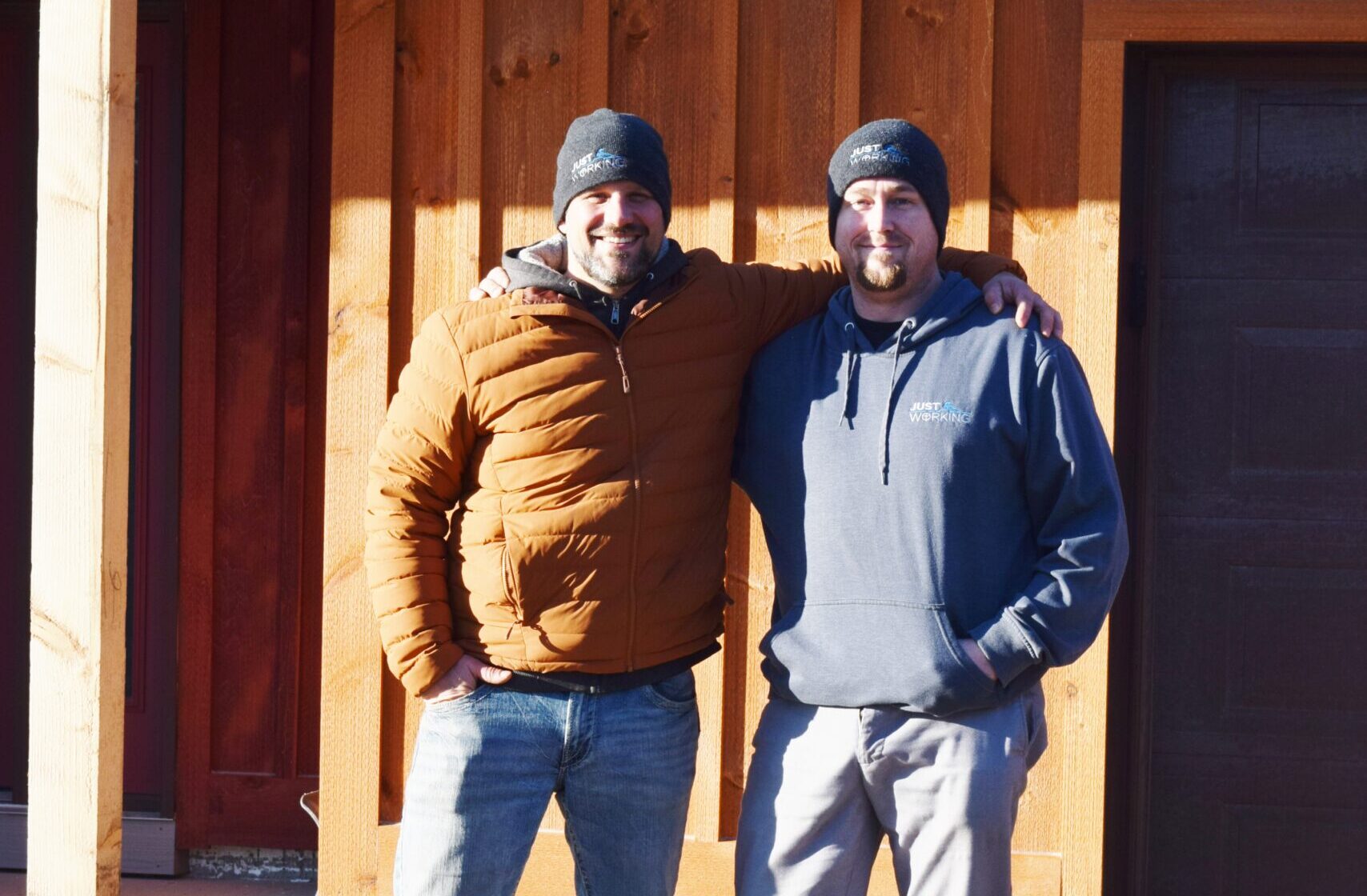
Understanding Passive Houses
A passive house is a home that meets specific energy-efficient criteria in five key areas: airtight construction, thermal bridging, superior windows and doors, mechanical ventilation with heat recovery, and high-quality insulation. These are not your traditional buildings; they are the epitome of reduced energy consumption.
These principles are the heart and soul of a passive house. They’re not just technical terms but the building blocks of a comfortable, sustainable, and future-proof home. Let’s break them down:
Insulation
Think of insulation as the cozy blanket that wraps around your home, keeping the warmth in during winter and the heat out during summer. Adding superior insulation is a key aspect of passive house design.
Thermal Bridging
Thermal bridges are like secret escape routes for heat. In a passive house, we take a thoughtful and deliberate approach to minimize or eliminate as many of these points of potential energy loss as possible.
Superior Windows and Doors
Ever stood next to a window in winter and felt the chill? Not in a passive house. High-performance windows and doors are designed to keep the temperature steady.
Airtightness
No drafts, no cold spots, just a snug and comfortable home all year round. Airtight construction is a hallmark of passive houses.
Mechanical Ventilation System
Fresh air is essential, but we don’t want to lose our precious heat. That’s where the mechanical ventilation system comes in, recovering the warmth from the outgoing air and using it to heat the incoming fresh air. This carefully controlled ventilation ensures a constant supply of filtered fresh air.
North American vs. European Standards
Europe has been leading the way in passive house standards, but we’re catching up here in North America. We have access to the same technology; getting there has just taken us a little longer. But we’re on the right path and excited about the journey ahead.
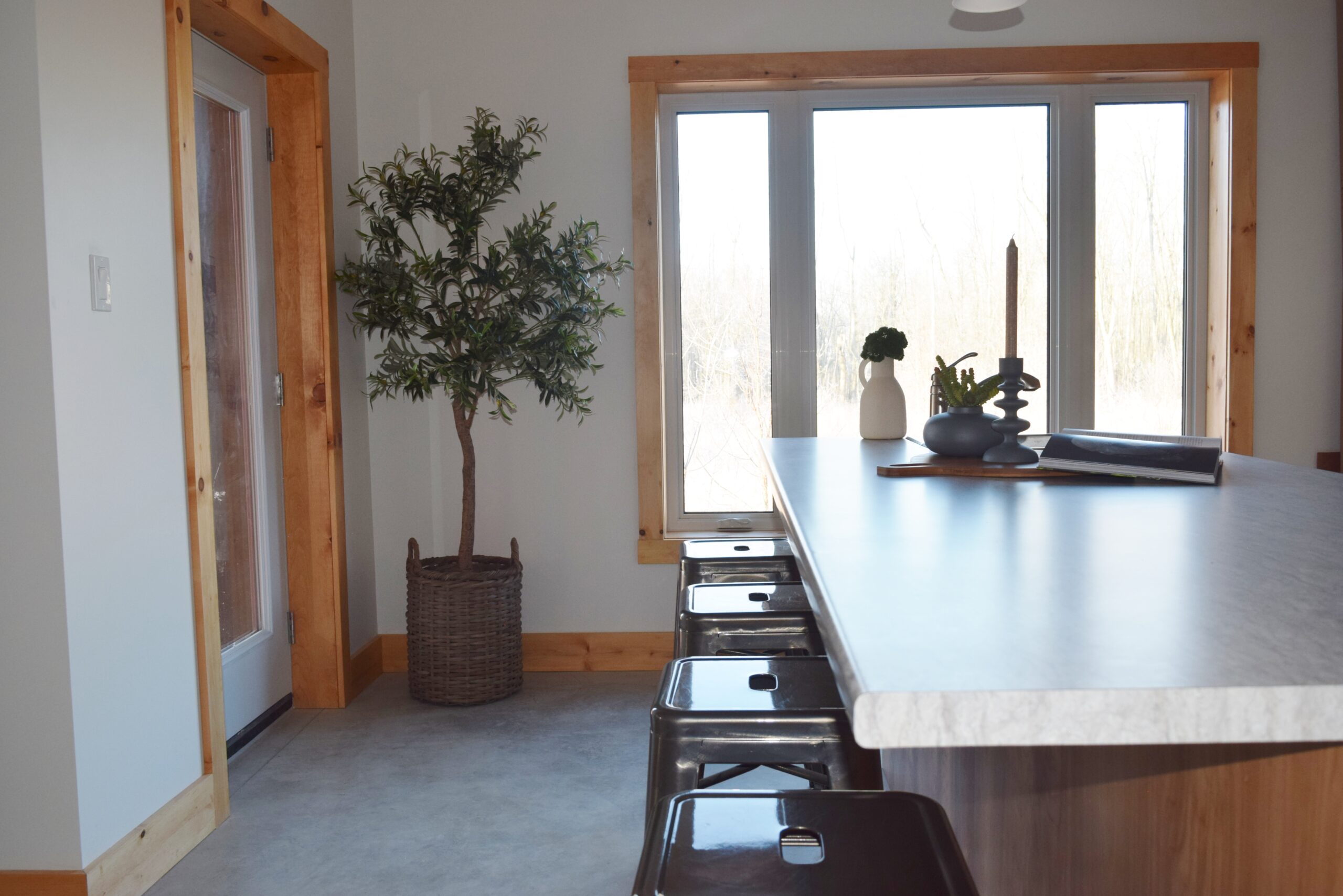
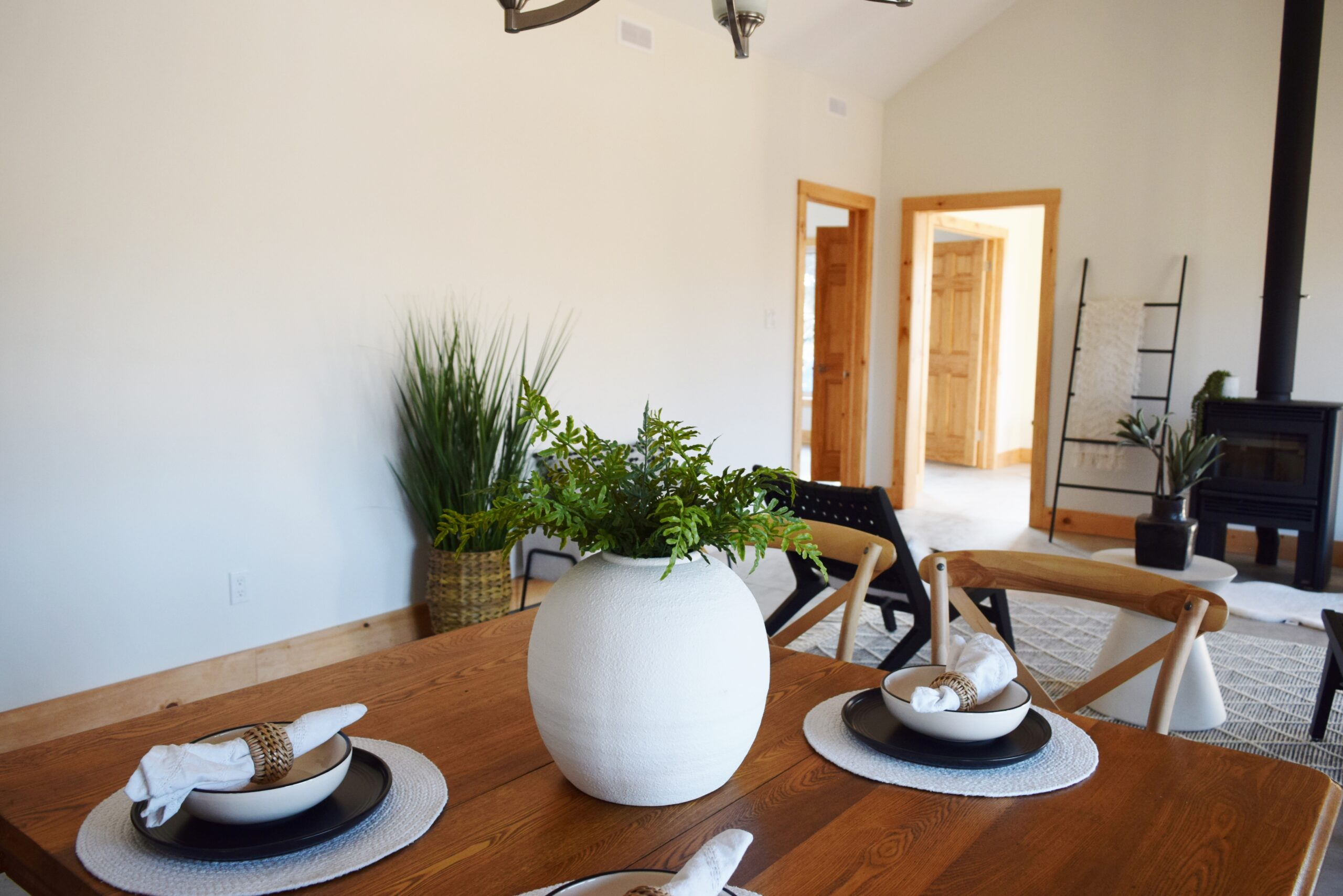
The Benefits of Passive Houses
Energy Efficiency
One of the most significant benefits of passive houses is their energy efficiency. These homes are designed to consume minimal energy, which means lower utility bills and a smaller carbon footprint. It’s not just about saving money but investing in our future. The energy savings are substantial, reducing both heating costs and cooling costs.
Comfort
Have you ever lived in a home where some rooms are too hot while others are too cold? In a passive house, every room is just right, no matter the season. That’s the beauty of airtight construction and superior insulation. These homes maintain a constant temperature, providing comfortable living spaces all year round.
Longevity
We want to build homes that last and can be passed down from generation to generation. That’s why we focus on building science and quality materials. A passive house isn’t just a building; it’s a legacy.
Indoor Air Quality
We all want to breathe clean fresh air, especially in our homes. The controlled ventilation system in a passive house ensures that the air inside is always fresh and clean, improving the overall indoor air quality.
The Cost of Passive Houses
Upfront Construction Costs of Passive Houses vs. Conventional Buildings
Building a passive house is an investment. Yes, the upfront construction costs are higher than a conventional building, but the long-term savings and benefits far outweigh the initial expense.
Long-Term Savings vs. Investment Value of Passive Houses
Think of a passive house as a savings account. Every bit of energy you save is money in your pocket. Plus, the comfort and health benefits are priceless. The operational costs are significantly lower than those of traditional buildings, making passive houses a smart financial decision.
Innovative Technologies and Materials at Just Working Construction
Energy-Efficient Windows and Doors
Our windows and doors are more than just openings; they’re key components in maintaining the temperature and comfort of your home. They are energy-efficient windows that play a crucial role in the overall energy performance of the house.
Superior Insulation Materials
We use the best insulation materials to ensure your home stays warm in the winter and cool in the summer. This superior insulation is a key factor in passive houses’ very low energy consumption.
Airtight Construction Methods
Our construction methods focus on creating an airtight seal to prevent drafts and heat loss. This airtight construction is a fundamental aspect of the passive house standard.
Mechanical Ventilation Systems
Our mechanical ventilation systems ensure fresh air circulation without compromising heat recovery. These systems are a key part of the passive house design, contributing to high indoor air quality and low energy consumption.
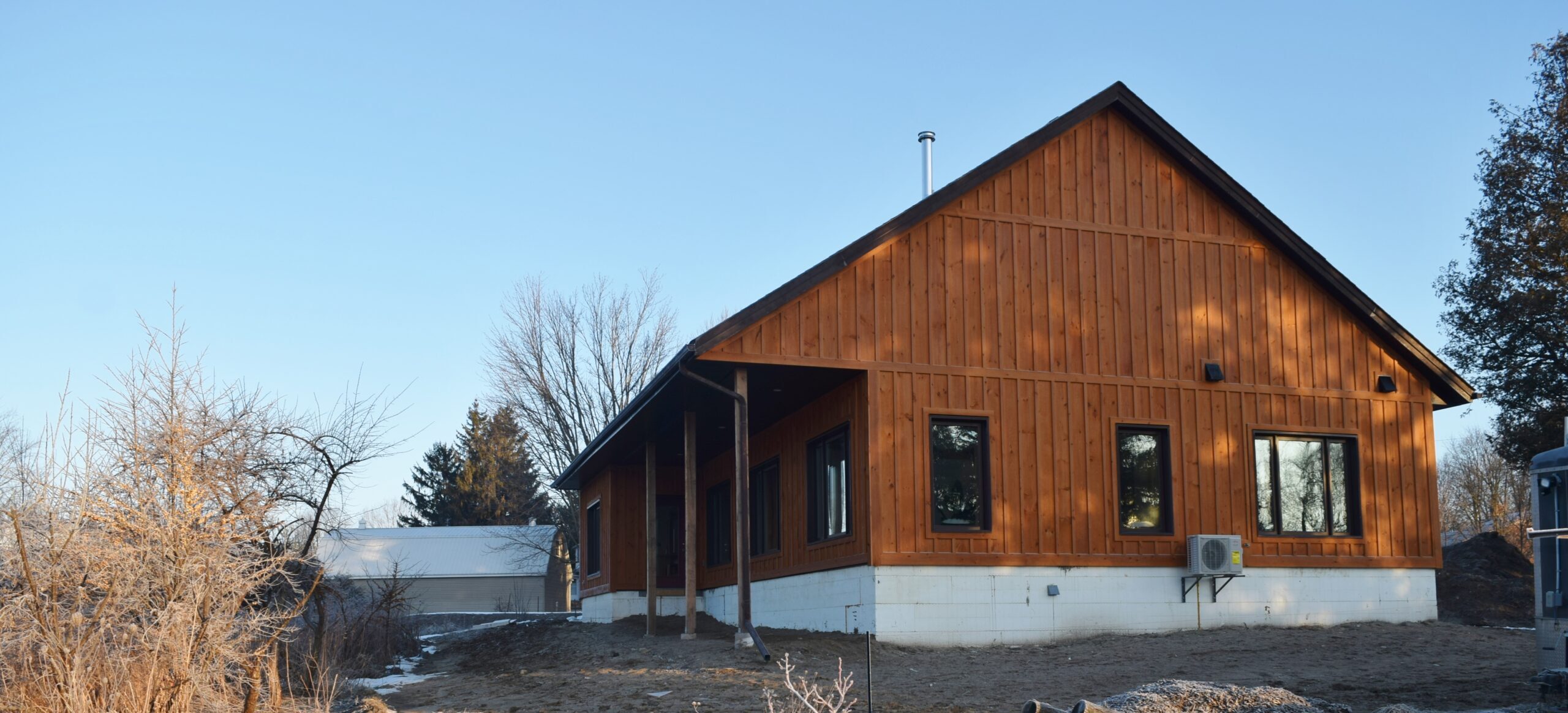
Case Study: A Testament to the Benefits of Passive House Design
Vision
In a world where energy efficiency and sustainability are no longer optional but necessary, one project is a testament to passive house design’s benefits. The Wilmot Passive House was not just about building a house but about creating a home that would stand the test of time in terms of its physical structure and environmental impact.
Execution
The project was executed with meticulous attention to detail, from selecting materials to implementing passive house principles. The house was designed to be airtight, with superior insulation and high-performance windows that minimized heat loss. The ventilation system was carefully engineered to maintain a constant supply of filtered fresh air, enhancing indoor air quality and ensuring a comfortable living environment all year round.
Outcome
The result was a house that not only met but exceeded the passive house standards. Despite challenges encountered during the construction process, the project was a success, demonstrating that it is possible to build a home that is both energy efficient and comfortable to live in. The house was not only able to maintain a constant temperature without the need for active heating or cooling systems, but it also achieved very low energy consumption, significantly reducing operating costs.
The initial air-tightness envelope test of the home prior to commissioning and occupation yielded a result of .29 Air-Changes per Hour (ACH) which is a measurement of air leakage measured in relative air volume over time. Passive house standard requires a maximum Air-Changes per Hour of .6 at the point of occupancy, so the standard was met and exceeded in regards to air-tightness.
Whole Home Electricity Consumption which includes all home heating as well as general daily electricity usage, has ranged between $137 and $177 per month for the last 5 months – with very little noticeable difference in heating costs from the wintertime heating months to the warmer weather.
Impact
This project is a powerful example of what can be achieved when prioritizing sustainability and energy efficiency in our building practices. It shows that passive houses are not just a concept but a viable and beneficial solution for our current building stock. It is a testament to the benefits of passive house design, where more people invest in the same level of care.
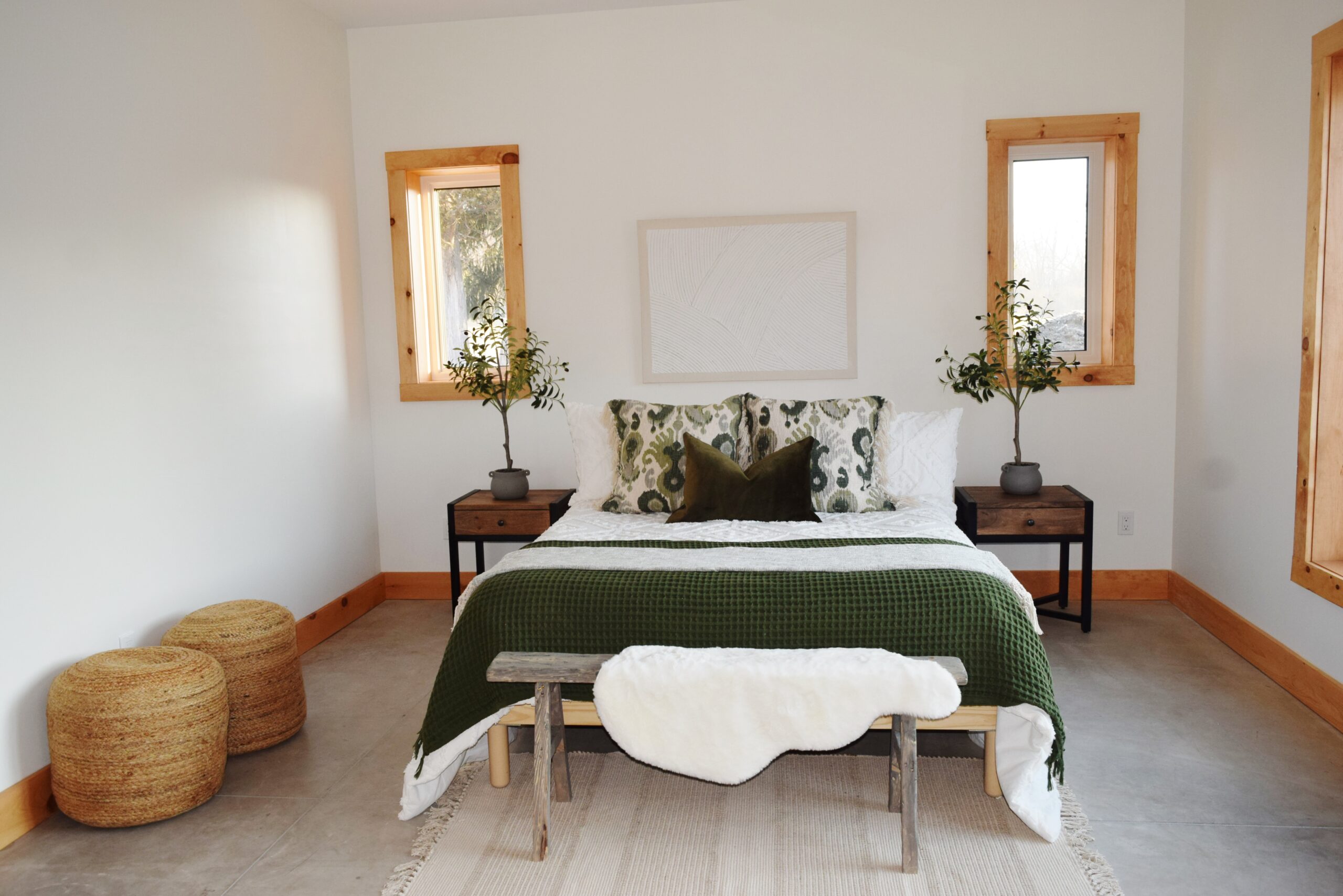
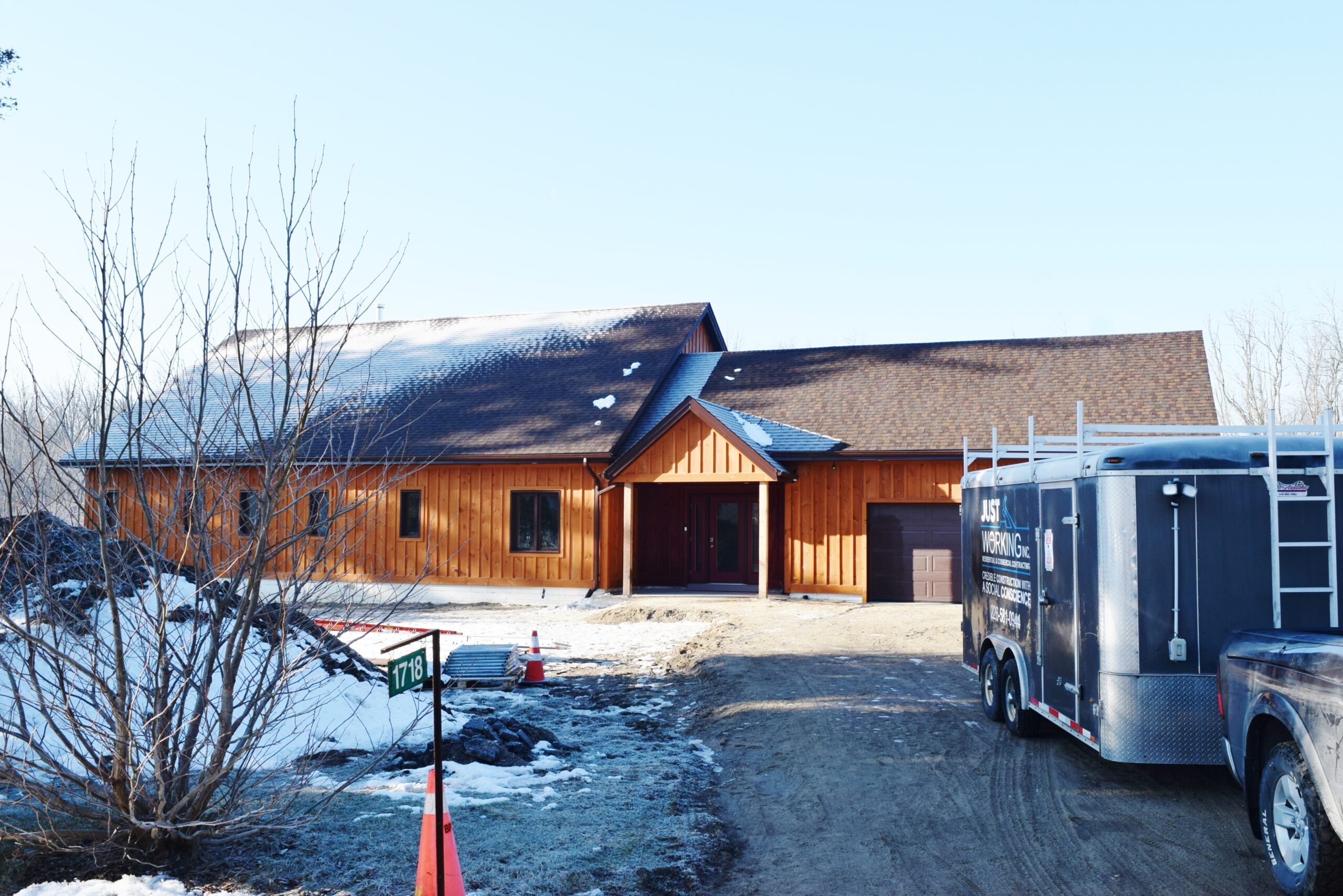
The Future of Passive Houses
Growing Interest and Mainstream Adoption
Interest in passive houses is growing, and we’re excited about their potential for mainstream adoption. We believe that everyone deserves a comfortable, sustainable home.
Role of Innovation and Technology
Innovation and technology are driving the future of passive house construction. We’re always learning and evolving from new materials to advanced construction methods.
The Vision of Eco-Friendly Construction Companies
At Just Working Construction, we’re more than just a construction company. We’re visionaries, dreamers, and doers. Jeff and Adam are at the forefront of this vision, both passionate about passive houses and excited about the future of sustainable building. Their enthusiasm and dedication are infectious, driving our team to strive for excellence in design and construction continually. With a team like ours, committed to both the art of building and the science of sustainability, we’re ready to help you experience the benefits of passive house living.
Are you ready to experience the benefits of a passive house? Contact Just Working Construction today, and let us help you build a sustainable future.

